|
THE CARTRIDGE COLLECTOR'S EXCHANGE |
| Contents
Cartridge
Lists
Prior Picture Pages:
Links to Other Sites
Cartridge Collectors Organizations:
Auctions:
Books:
Other Collector's Sites:
|
Home of the Old Ammo Guy's Virtual
Cartridge Trading Table Featuring a wide range of antique, obsolete, and modern ammunition for collectors Picture Page August 2005 A group of 8 x 57R Mauser Cartridges........
Here's a selection of 8 x 57 rimmed M88 Mauser cartridges. introduced in
1888, this cartridge may still be in production in Europe. It was originally
loaded with a round nosed .318" bullet, designated the 'J patrone' bullet,
but was changed in about 1905 to a pointed .323" bullet, the 'JS patrone',
the 'S' standing for 'spitzer'. All but one of the bullets in these two
pictures are 'J' bullets; the 'S' bullet obviously being the pointed one in
the lower picture. The first one is the M88A, the first style case used with
its wide-rimmed 'A' base, and headstamped DWM X M88A X.
The next two, also by DWM, are examples of the M88B, which had a narrower
rim than the "A", and the first of the flat head cases that became the
standard for sporting and military 8 x 57 ammunition. I believe the bullet
on the DWM K M88B K headstamped cartridge is an example of
the Greiss banded jacket bullet.
An odd .25 ACP cartridge...........
Here's an odd looking, wasp-waisted Remington-UMC .25 ACP cartridge. My first impression was that this had to be a loading problem, resulting perhaps from an accumulation of oil in one of the case forming processes. However, one shotshell-collecting buddy suggested that it might have been made this way intentionally, perhaps part of a top-secret developmental project, not unlike Remington's production of the .30 Pedersen cartridges. He went on to say that it might have been meant for a belt or link system for a tiny little machine gun. I think he needs to stick to his shotshells. > > > > A tin of Wesson primers by U.M.C.......
Here's an unusual tin of primers, intended for reloading the cartridges developed by Frank Wesson for use in his line of single shot rifles. Wesson is considered to be one of the first cartridge 'wildcatters'; he designed his cartridge cases and had them produced for him by the US Cartridge Company, U.M.C, and Winchester from the mid-1870s through the mid-1880s. These were unique cartridges that could be used only in his rifles. The label on this tin reads "250 WESSON PRIMERS U.M.C. Co. BRIDGEPORT, CONN Under A.C. Hobb's Pat. Oct. 31, 1876." I was not familiar with this patent until Howard Hoovestol provided it for me the same day I uploaded this picture page to my web page. It is patent #183925, available on the US Patent Office's web page at http://www.uspto.gov/patft/index.html , and is shown below. Hobb's patent covers the shape and construction of the anvil, which is a solid flat piece of brass made in an hourglass shape, the corners of which are so constructed as to hold the anvil firmly in place in the cup. Incidentally, these primers measure .173" in diameter and are .091" thick. > >
> > > > > > > > > > > > > > > > > > > > > > > > >
> > > > > > > > > > > > > > > > > > > > > >
|

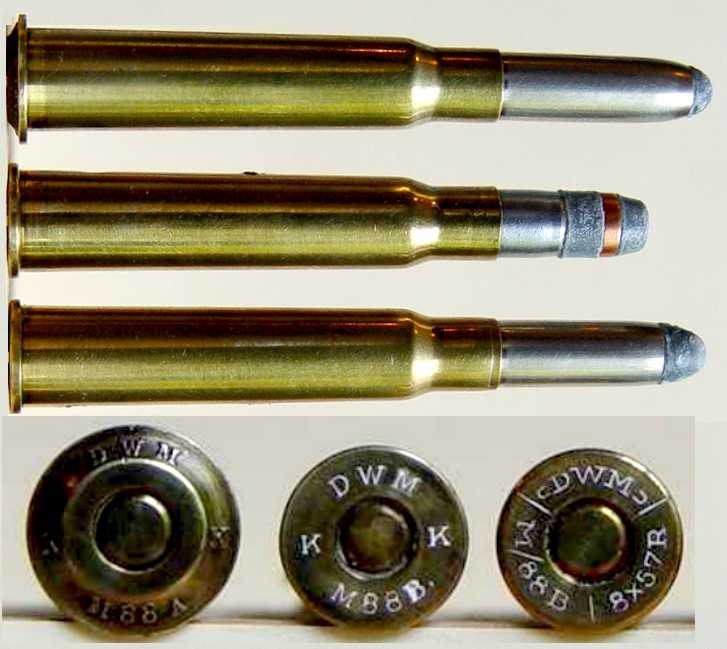
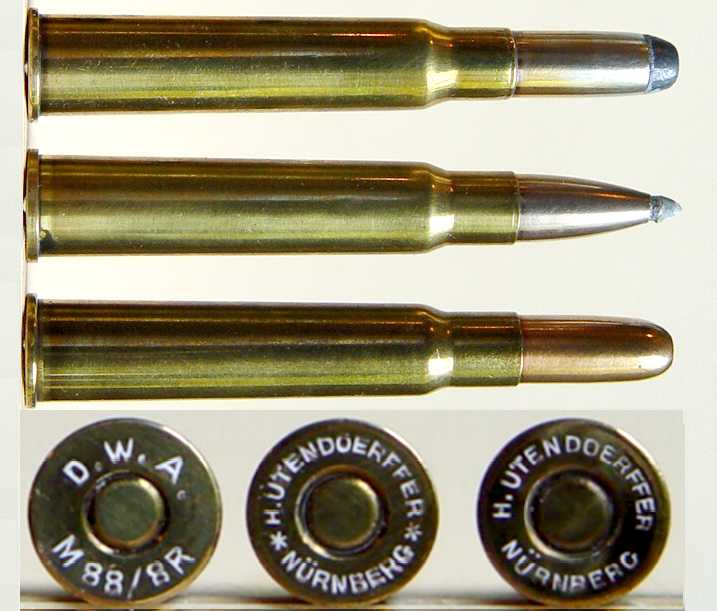 The small 'c's in the headstamp of the next cartridge are date codes to
indicate when it was made; anyone know what date that is? The first
cartridge in this next picture is also a M88B; its DWA headstamp indicates
it was made by Deutsche Werke AG between 1919 and the early 1920s. This
company was established following World War I for the purpose of converting
the German government-owned ammunition factories to peacetime production.
The last two cartridges by Utendoerffer are probably examples of the M88C
cartridge, the first being the only 'JS patrone' in this group of
cartridges. I am not aware what the stars in the headstamp signify; perhaps
to distinguish the 'J' from the 'JS'.
The small 'c's in the headstamp of the next cartridge are date codes to
indicate when it was made; anyone know what date that is? The first
cartridge in this next picture is also a M88B; its DWA headstamp indicates
it was made by Deutsche Werke AG between 1919 and the early 1920s. This
company was established following World War I for the purpose of converting
the German government-owned ammunition factories to peacetime production.
The last two cartridges by Utendoerffer are probably examples of the M88C
cartridge, the first being the only 'JS patrone' in this group of
cartridges. I am not aware what the stars in the headstamp signify; perhaps
to distinguish the 'J' from the 'JS'. 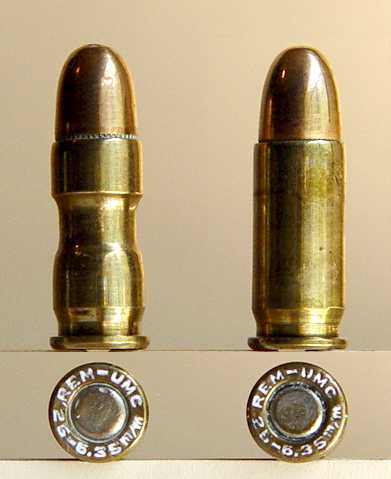
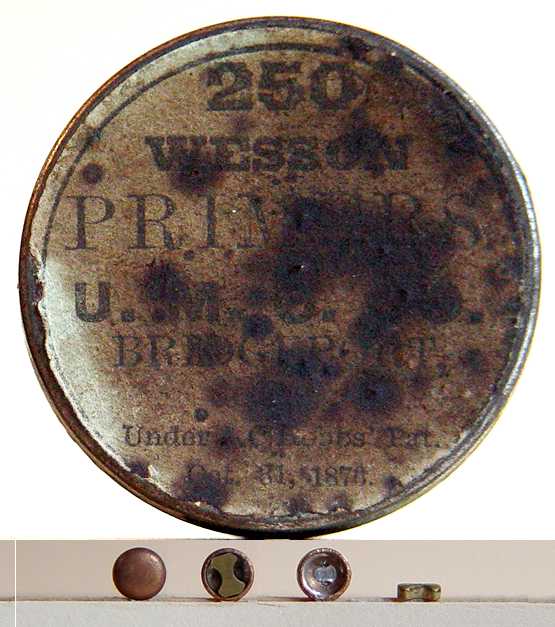
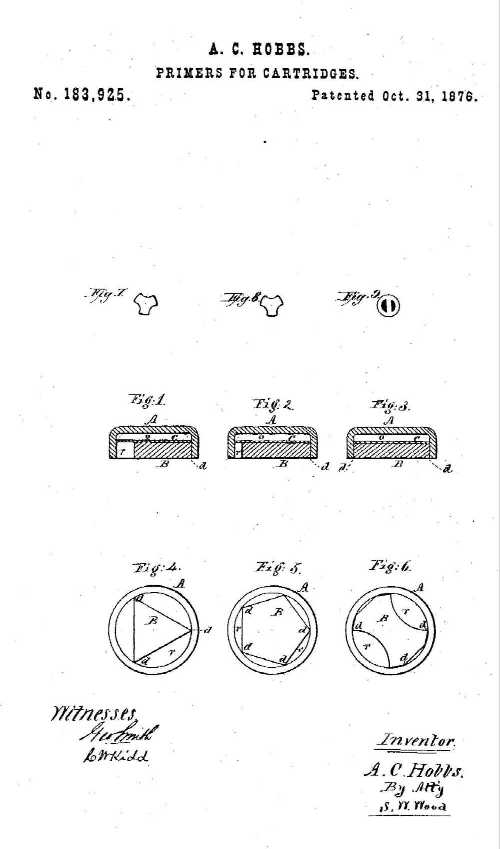 >
>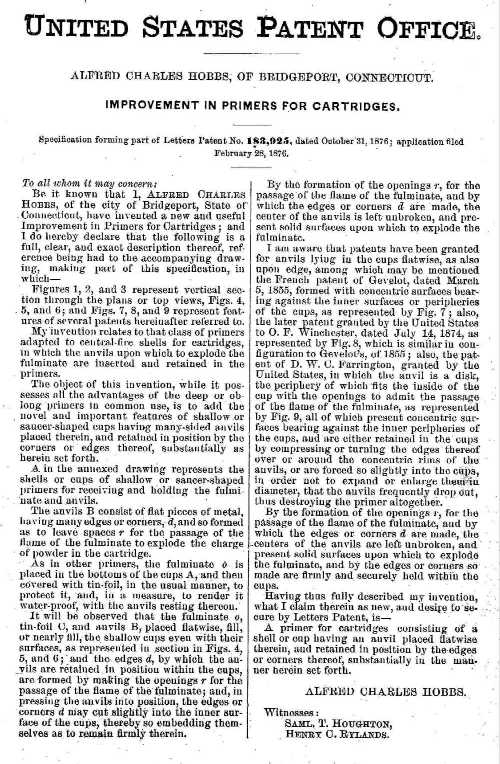 .
.